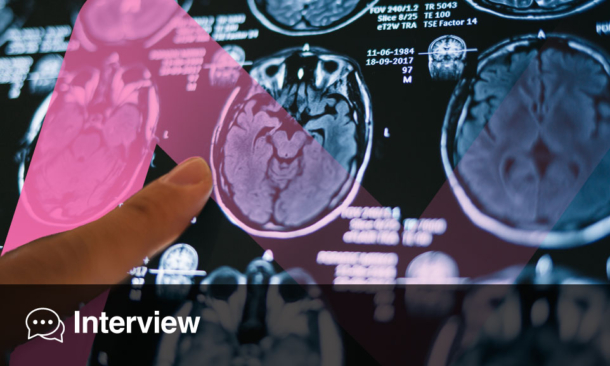SLIT2 protein levels in the eye and blood are now linked to cognitive performance in middle-aged adults, with new research revealing lower SLIT2 in the vitreous humor and higher SLIT2 in plasma associated with poorer memory and overall cognition.
Detecting neurodegenerative disorders early remains challenging, as brain pathology often precedes symptoms by years. The SLIT2 protein, known for its role in neural guidance and development, recently emerged as a candidate for signalling neurocognitive decline. The Boston University study is the first to compare SLIT2 concentrations in both eye fluid and blood, providing vital data for future diagnostic pathways.
Researchers recruited 79 patients, average age 56, scheduled for eye surgery. During procedures, samples of vitreous humor and blood plasma were collected and analysed using a custom-designed, highly sensitive SLIT2 immunoassay. Each participant then underwent a battery of cognitive assessments, including general screening with the Montreal Cognitive Assessment and verbal memory tests. Results showed the vitreous contained up to seven times the SLIT2 concentration found in blood, yet the two measurements were not correlated. Those with lower SLIT2 in ocular fluid performed worse on cognition tests; paradoxically, higher plasma levels were also tied to diminished cognitive scores. These associations persisted even when researchers controlled for age, sex, race, diabetes, retinal disease, glaucoma and APOE genotype.
The dual biomarker role of SLIT2 in eye and blood means that ocular fluid could soon become a practical, minimally invasive source for early dementia screening in clinical practice. Early identification using eye-based biomarkers may allow faster intervention and improved outcomes as new therapies for dementia emerge.
Reference
Shoushtari SI et al. The association between SLIT2 in human vitreous humor and plasma and neurocognitive test scores. Journal of Alzheimer’s Disease. 2025;DOI:10.1177/13872877251374287.







